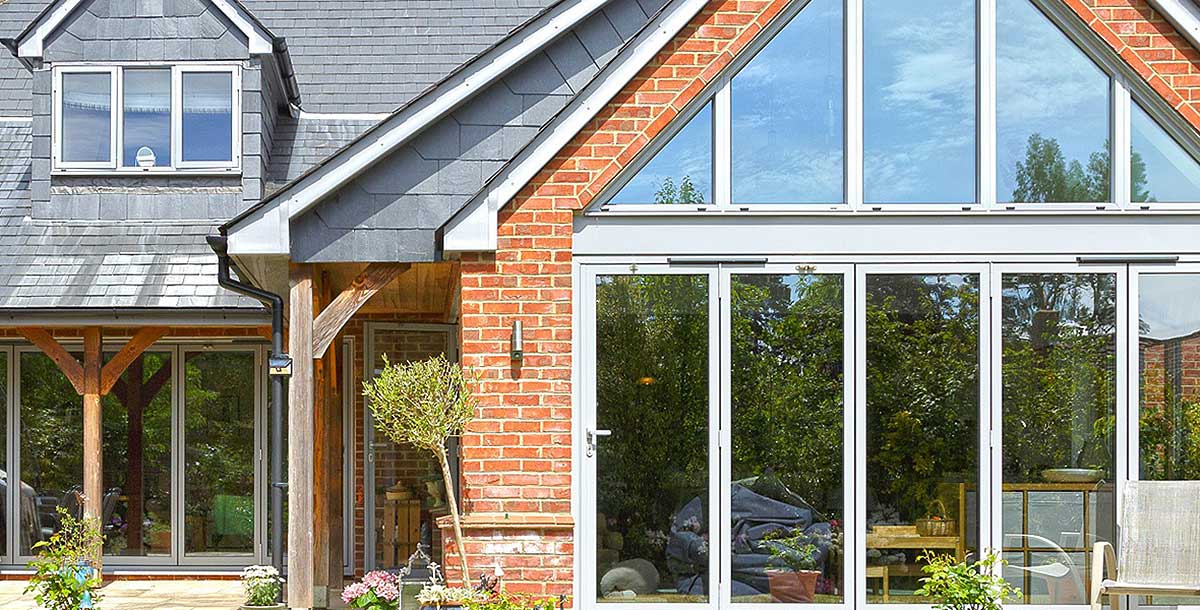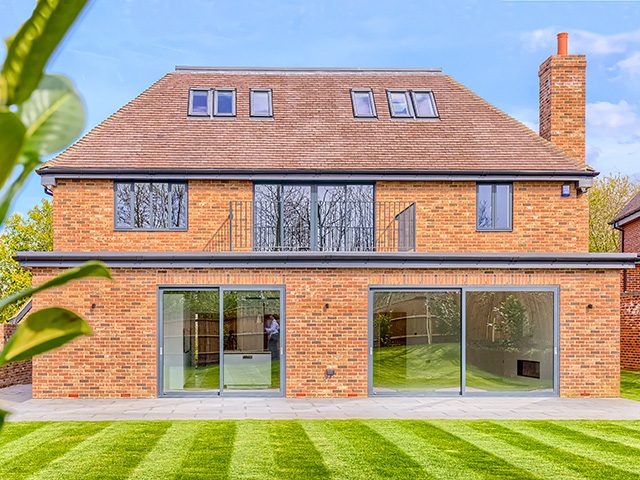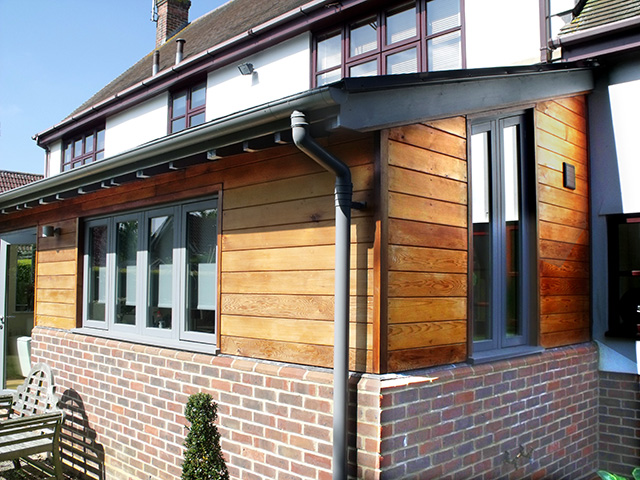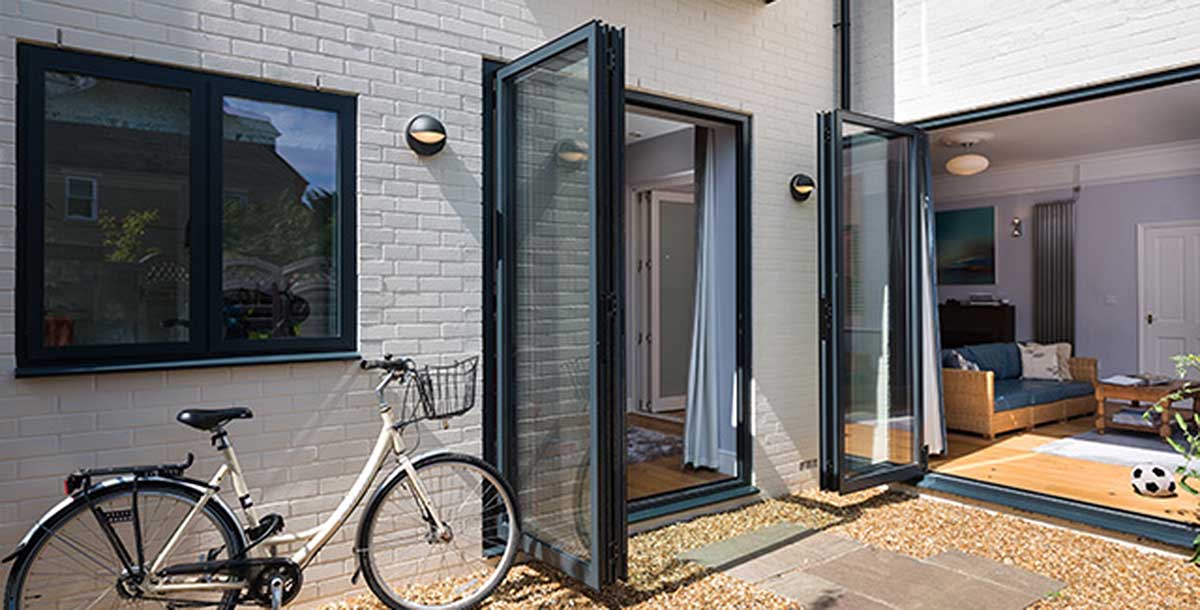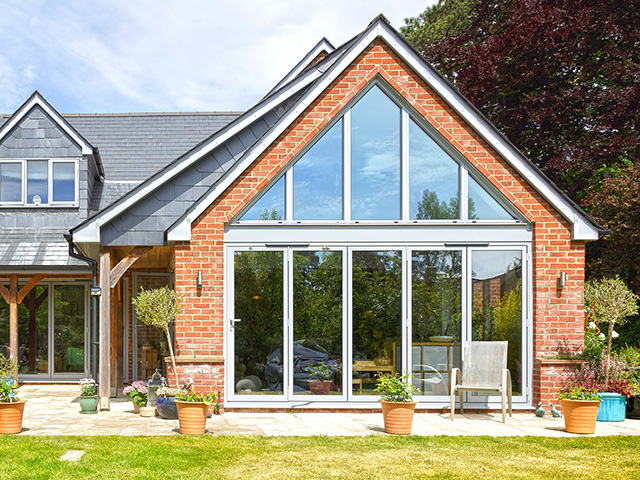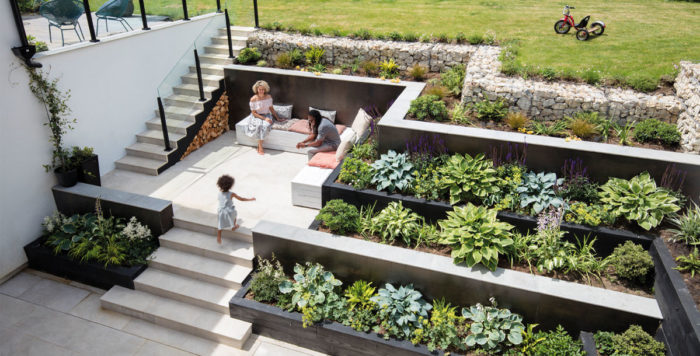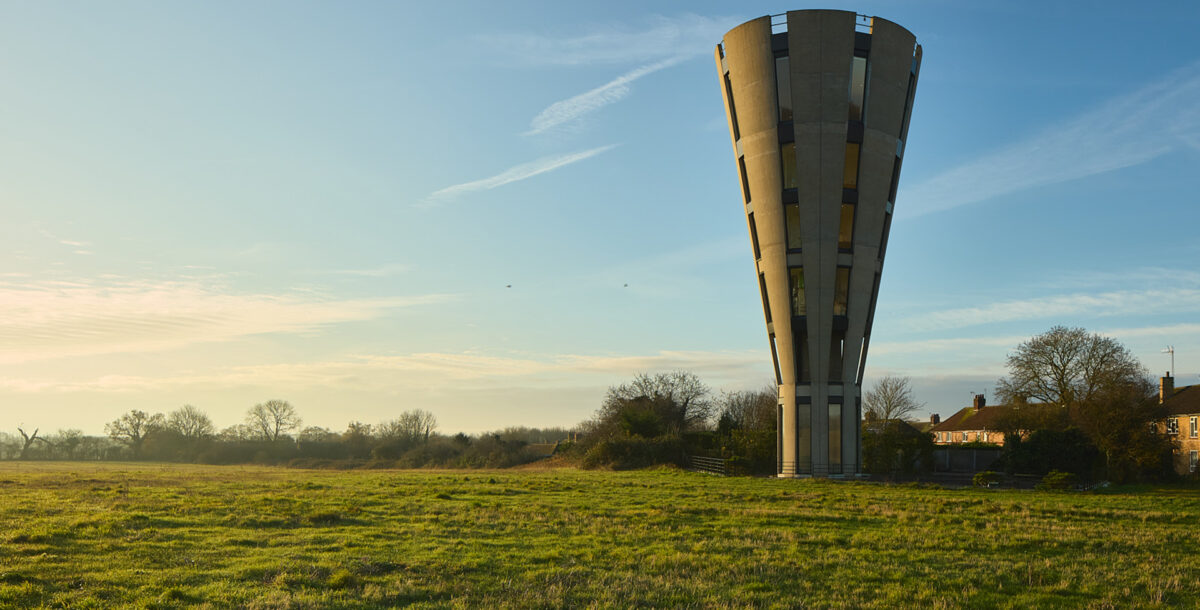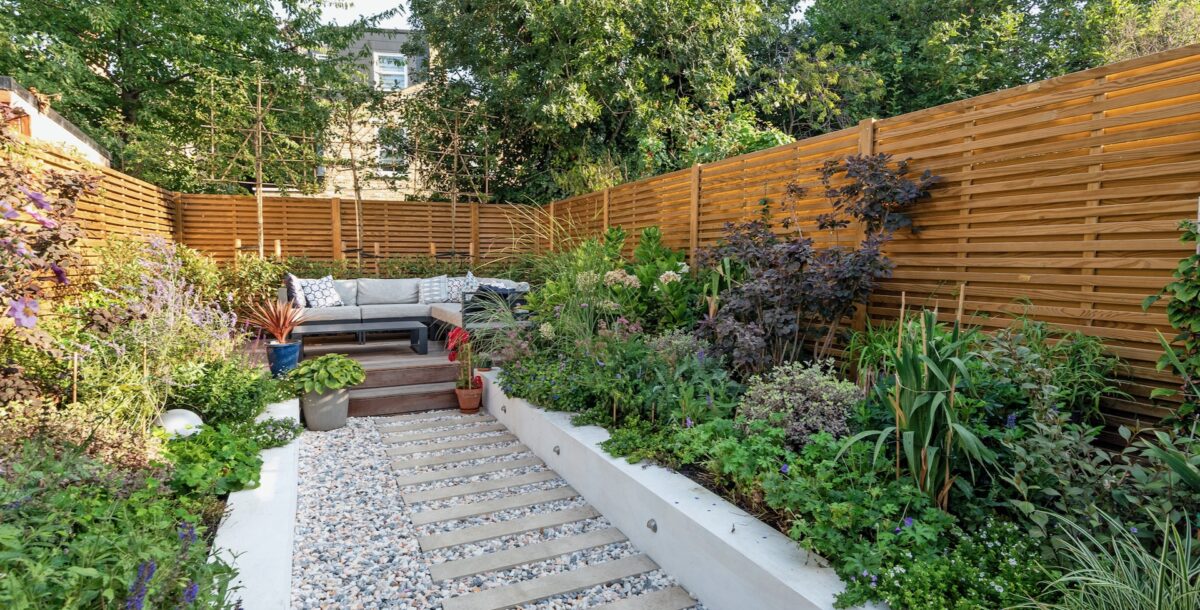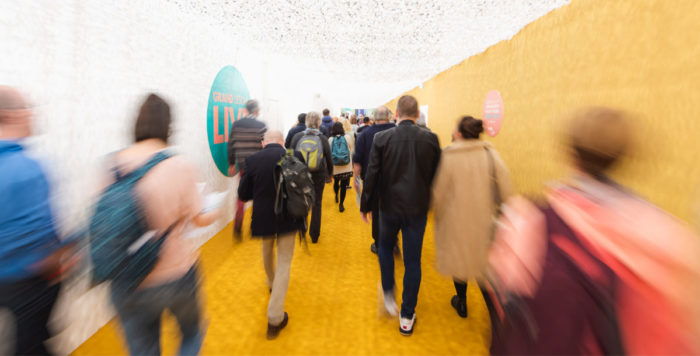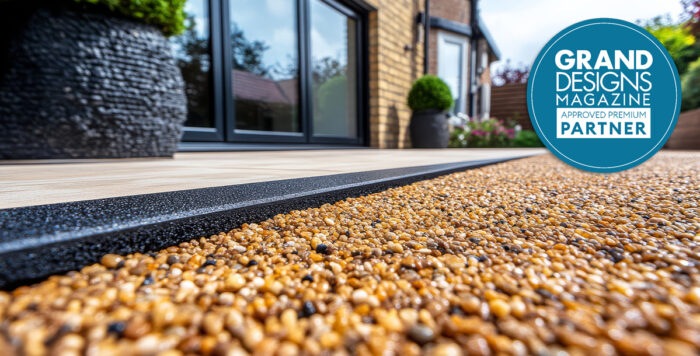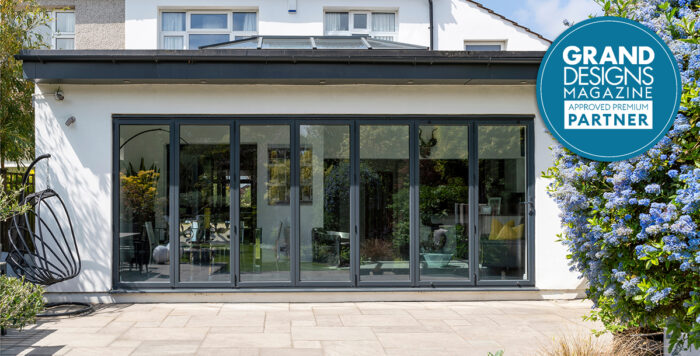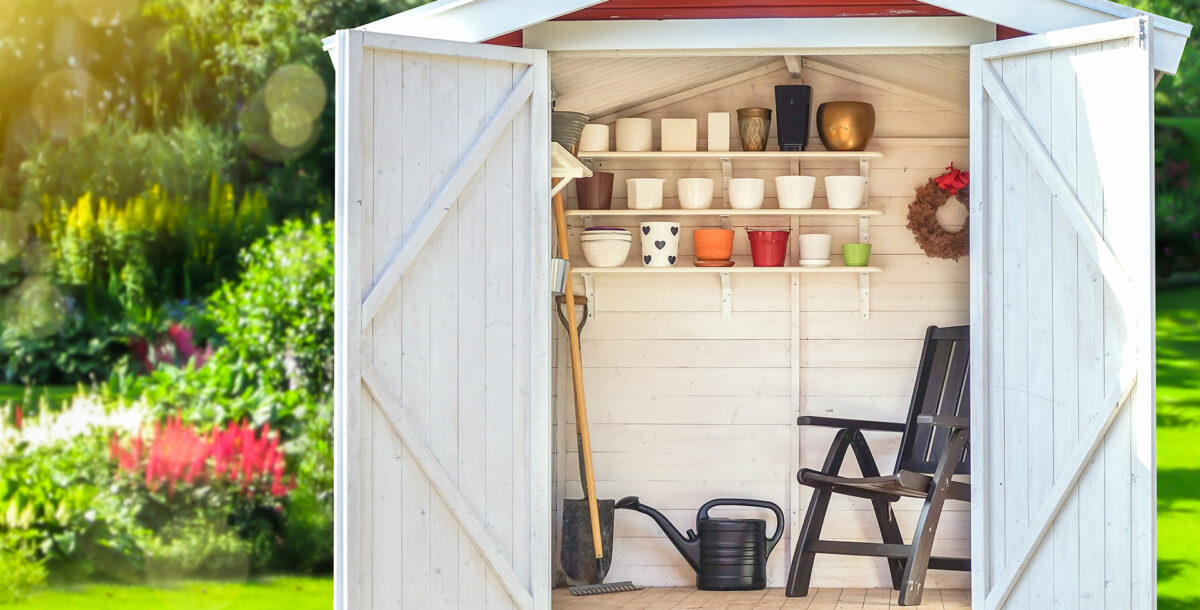Window and door frames: which material is best for your build?
Discover the pros and cons of different frame material options for windows, doors and fixed glazing.
The choice of material for window and door frames not only has implications on the cost of your build, but its overall look and functionality.
PROMOTIONAL FEATURE
Image: Aluminium KustomSlide sliding doors, Kloeber
One of the largest purchases you will make in a self‐build or renovation project will be your doors and windows. From house design to security and energy efficiency there is a lot more to making your frame material choice than you may have first thought.
The 4 main material types used to fabricate doors and windows are plastic, timber, aluminium and alu‐clad (or composite, which is more than one material type used together, usually with timber internally an aluminium cladding on the outer face). The Grand Designs magazine team asked the bespoke glazing experts at Kloeber to explain the pros and cons of each of these options.
Plastic frames
Plastic units are cost effective and normally available on short lead times but they are prone to expansion, contraction and warping with climatic change. The frames tend to be thick with a restricted selection of colour options, they also lack in strength therefore cannot support large panes of glass. Some people do not like the aesthetics of plastic doors or windows and feel they are less suited to period properties, however they will appeal to those whose budget is a key consideration.
Timber frames
Image: Flush timber casement windows, Kloeber
Timber is a naturally insulating material that keeps the heat in and the cold out. It’s also the sustainable, eco‐friendly choice if sourced responsibly (use FSC certified timber). Low U‐values and greater energy efficiency makes timber perfect for new builds and eco homes. Look for engineered timber, this is a term used to describe the manufacturing process where smaller strips of solid timber are laminated and glued together to form the larger segments that are then cut to size. This results in a more durable and stable timber that will not warp or bow.
The care of timber has improved too. There is great versatility with a choice of stains or paint finishes in any colour. With changes in modern processes such as microporous paint systems, you can expect a high quality paint finish to last for 8‐10 years without maintenance. Wood integrates nature with your home and offers a certain warmth, depth and texture that you cannot achieve with other materials, working well with both contemporary and period properties.

